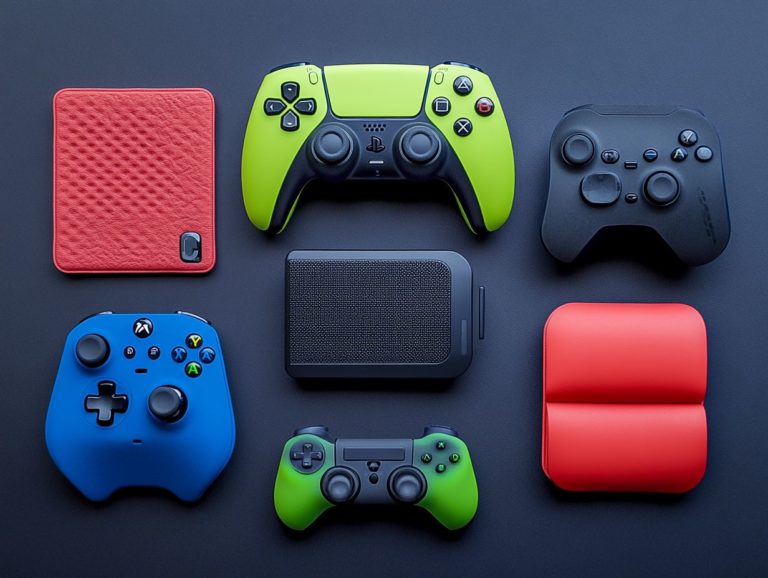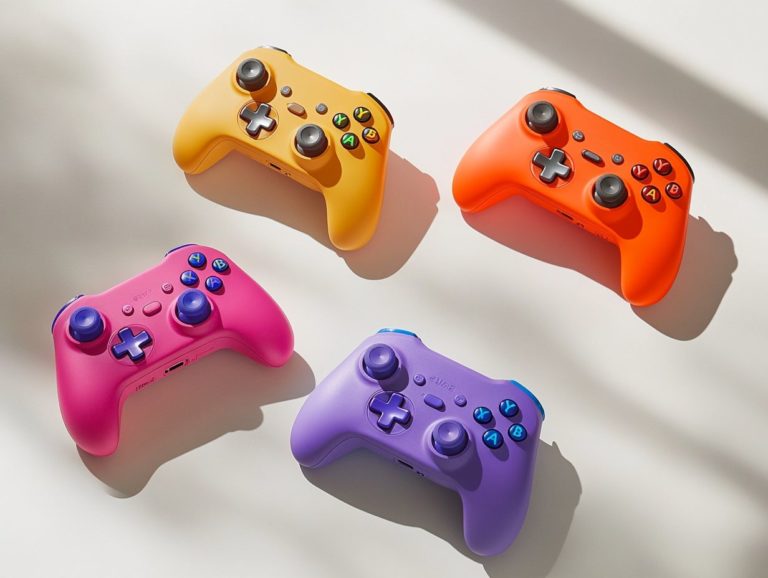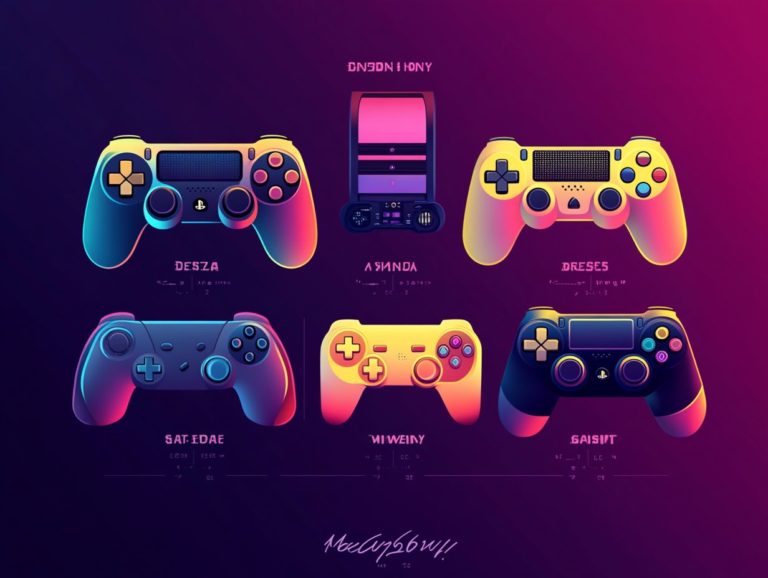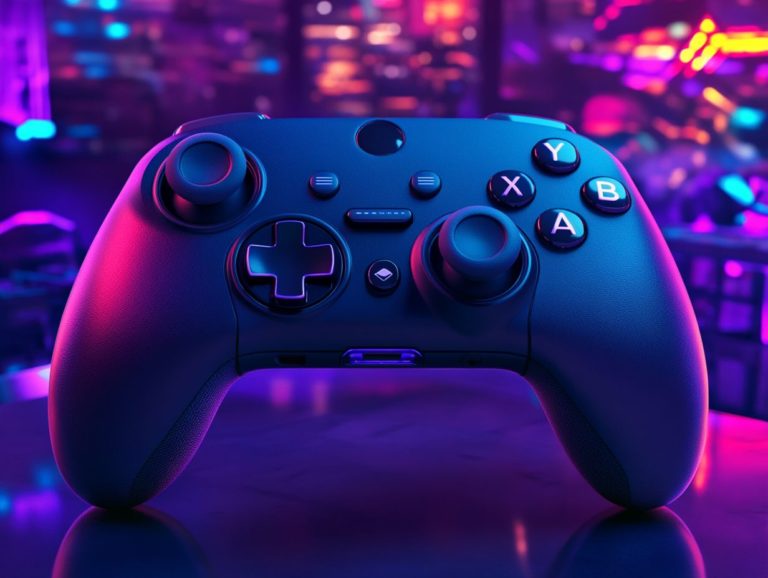understanding controller sensitivity settings
Controller sensitivity settings are crucial for shaping your gaming experience. Finding the right balance can dramatically affect your performance and enjoyment.
This article explores controller sensitivity, its importance, and factors influencing your settings. You’ll find a guide to adjusting sensitivity, troubleshooting common issues, and tips to boost your gameplay.
Get ready to elevate your skills and gaming experience!
Contents
- Key Takeaways:
- Why Controller Sensitivity is Important
- Factors Affecting Controller Sensitivity
- Controller Type and Personal Preferences
- Adjusting Controller Sensitivity
- Troubleshooting Sensitivity Issues
- Maximizing the Benefits of Controller Sensitivity
- Frequently Asked Questions
- What is controller sensitivity?
- How do I adjust my controller sensitivity settings?
- What are the benefits of understanding controller sensitivity settings?
- What does the ‘ ‘ symbol represent in controller sensitivity settings?
- Can I adjust controller sensitivity for specific games?
- Are there any recommended sensitivity settings?
Key Takeaways:
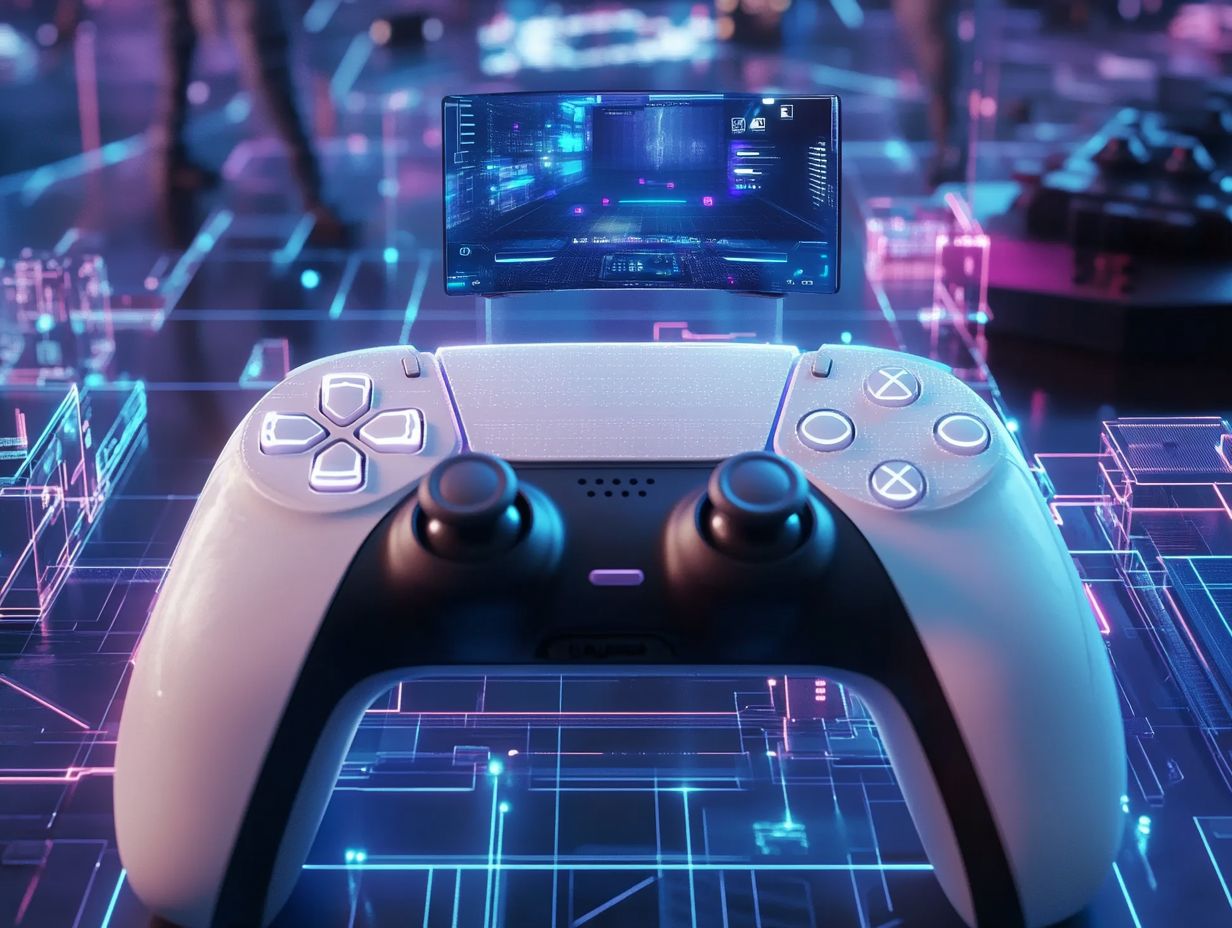
1. Controller sensitivity settings significantly impact gameplay, making it essential for gamers to understand.
2. Factors such as controller type and personal preferences play a role. Experiment to find what works best for you.
3. Adjusting sensitivity can be straightforward. Troubleshooting will help maximize your gameplay benefits.
What are Controller Sensitivity Settings?
Controller sensitivity settings determine how responsive your controller is to your actions. They greatly influence your overall performance.
These settings let you tailor your gaming experience. You can optimize movements, aiming, and actions in different scenarios.
Your choice of sensitivity often depends on your personal style and the type of game.
For instance, in first-person shooters like Call of Duty, higher sensitivity allows for quicker turns and faster reactions. This is crucial during intense moments.
However, too much sensitivity may lead to over-aiming and loss of precision, especially with long-range shots.
Games like Overwatch require lower sensitivity for accuracy and subtle movements to be successful.
Finding the right sensitivity can enhance your performance, making it a key part of your gaming strategy.
Why Controller Sensitivity is Important
Understanding controller sensitivity can enhance your gaming performance. It directly affects precision and response in actions like aiming and movement.
Fine-tuning your sensitivity settings to match your gaming style helps achieve smoother control. This leads to better accuracy and quicker reactions.
Impact on Gameplay and Performance
Controller sensitivity significantly influences your gameplay. It shapes how you interact with the game and affects your effectiveness in competitive situations.
High sensitivity allows swift movements but can cause overshooting targets. In contrast, low sensitivity enhances precision but may slow down your responses.
Finding the right balance is vital, especially in fast-paced games where quick reactions can determine victory.
A medium sensitivity setting may provide a blend of accuracy and fluidity, helping you respond quickly without losing aim.
In racing or fighting games, adjusting sensitivity can change how you control characters or vehicles, affecting techniques and combos.
Ultimately, this tuning process is personal. What works for one player may disrupt another s rhythm.
Factors Affecting Controller Sensitivity
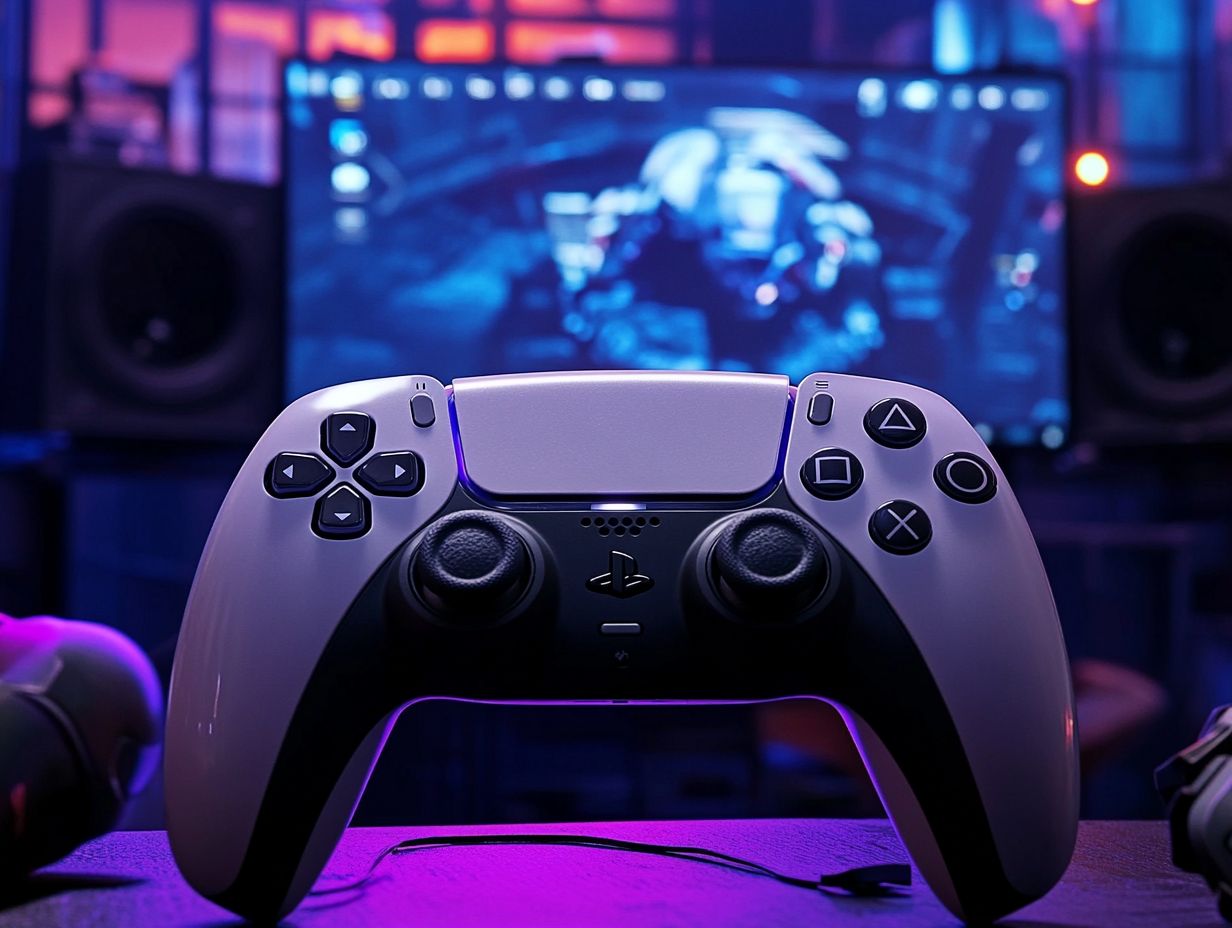
Several factors influence your controller sensitivity. These include your controller type, game genre, and personal preferences.
Each element plays a crucial role in crafting an optimal gaming experience. Different controllers offer distinct sensitivity options that can greatly affect your settings.
Controller Type and Personal Preferences
The type of controller you choose plays a crucial role in determining the sensitivity settings that suit your gaming style. Different designs offer varying levels of responsiveness and tactile feedback, aligning with your personal preferences.
If you opt for a high-performance gaming mouse, you may enjoy more precise sensitivity adjustments compared to a standard gamepad, especially in competitive gameplay.
This variation is evident in gaming communities where players exchange and discuss their sensitivity setups in forums or during streams. For example, first-person shooter aficionados who use a mouse for rapid reflexes often find that a higher sensitivity allows for quicker target acquisition.
Conversely, if you use joysticks in racing games, you might prefer lower sensitivity to maintain better control during sharp turns.
Your individual playstyle whether strategic, casual, or competitive interacts with the type of controller you use, shaping your gaming experience and outcomes.
Adjusting Controller Sensitivity
Adjusting controller sensitivity is essential for elevating your gameplay experience. It allows you to strike the perfect balance tailored to your unique style and the specific demands of various games.
You ll find it advantageous to gradually fine-tune your settings to attain the ideal level of control and responsiveness without sacrificing accuracy.
Step-by-Step Guide
A step-by-step guide can help you tailor your controller experience to meet your gaming needs, ensuring you maintain a competitive edge!
Begin by accessing the controller settings in your game or console menu. Gradually navigate through the available sensitivity options.
- Start with a sensitivity setting that feels comfortable generally, a mid-range value is a solid foundation.
- As you immerse yourself in gameplay, pay close attention to how your character responds; fine-tuning these settings can make a significant difference.
- Experimenting in practice modes is invaluable and allows you to assess the effects of various settings without the pressure of competitive scenarios.
- Seek feedback from your gameplay experience to progressively discover the ideal sensitivity that enhances your control and performance!
Troubleshooting Sensitivity Issues
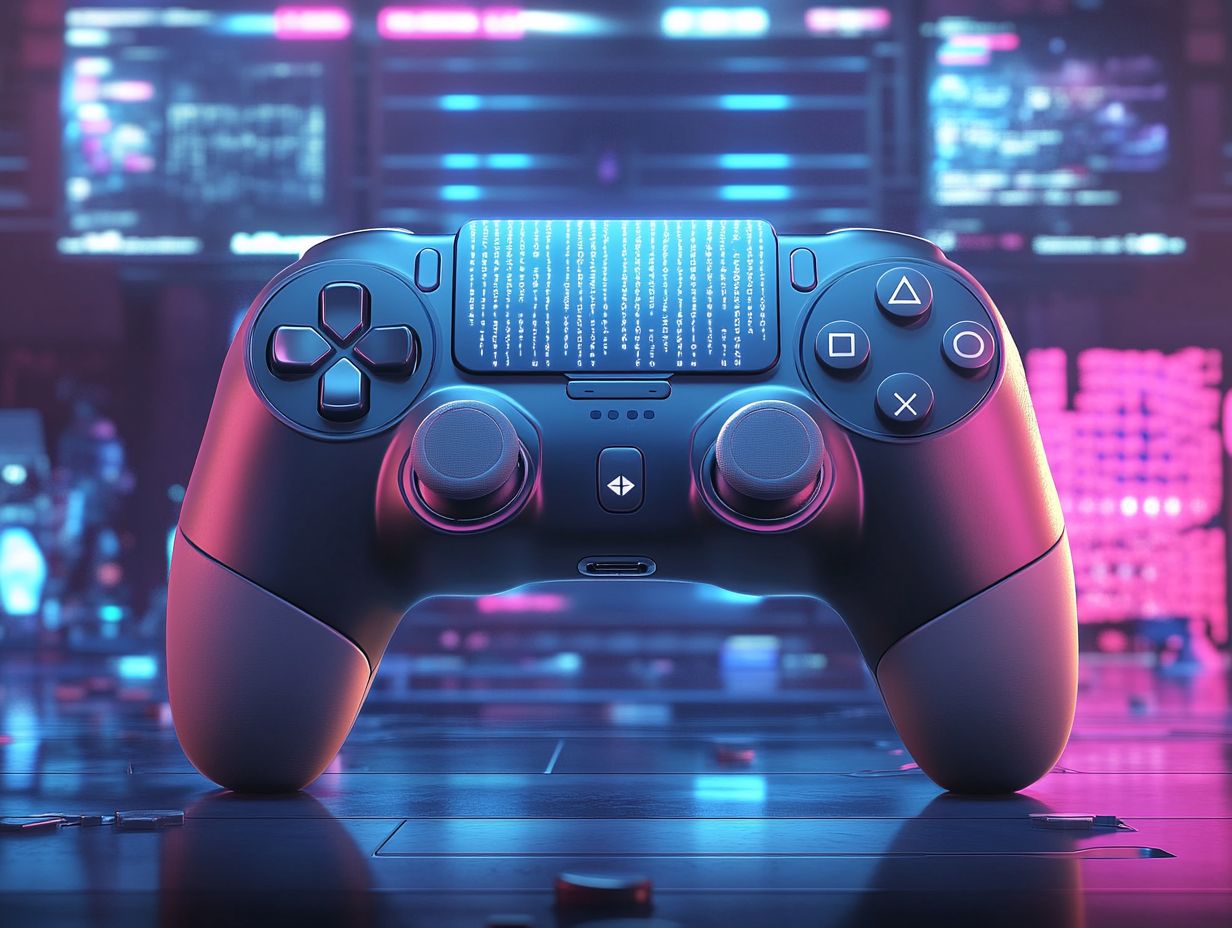
Troubleshooting sensitivity issues is crucial for optimal gameplay performance. Problems can stem from faulty configurations or hardware malfunctions.
Identify the root causes and address them promptly to restore the responsiveness and precision essential for your competitive sessions.
Common Problems and Solutions
- Unresponsive Controls: Check your connections and settings to ensure everything is configured correctly.
- Excessive Drift: Adjust the dead zone settings in your controller menu to reduce or eliminate drift.
- Settings Not Taking Effect: Restart your game or console to refresh the settings.
- Overly Aggressive Acceleration: Experiment with sensitivity settings under ‘Control Options’ or ‘Gameplay Settings’ to smooth out movements.
- Input Lag: Optimize your controller’s reporting speed or switch to a wired connection for better performance.
Revisiting and adjusting your sensitivity settings can transform your gameplay experience! Doing so leads to smoother gameplay and a more enjoyable overall experience, keeping you one step ahead of your virtual challenges.
Maximizing the Benefits of Controller Sensitivity
Maximizing the advantages of controller sensitivity requires a keen understanding of how various settings can elevate your gaming experience and enhance your performance. This understanding paves the way for greater satisfaction.
By thoughtfully adjusting sensitivity levels and considering the impact of your specific controller type, you can create a gaming experience that is both comfortable and highly responsive.
Tips and Tricks for Optimal Settings
Implementing tips and tricks for optimal controller sensitivity settings can significantly enhance your gameplay experience and performance. Begin with moderate sensitivity settings and gradually adjust them based on your comfort and gameplay needs.
You ll want to discover that sweet spot that maximizes your control and responsiveness. Exploring sensitivity curves settings that show how your controller responds over different movements can also provide valuable insights, allowing you to customize your settings to match your unique style.
By closely monitoring your in-game performance, you ll quickly identify when to make adjustments for a better experience. Exploring practice modes is essential; these environments offer the perfect space to fine-tune your settings without the pressure of a live match.
Encouraging fellow players to share their experiences fosters a community-focused dialogue, creating an exchange of best practices that can benefit everyone looking to elevate their game.
Frequently Asked Questions
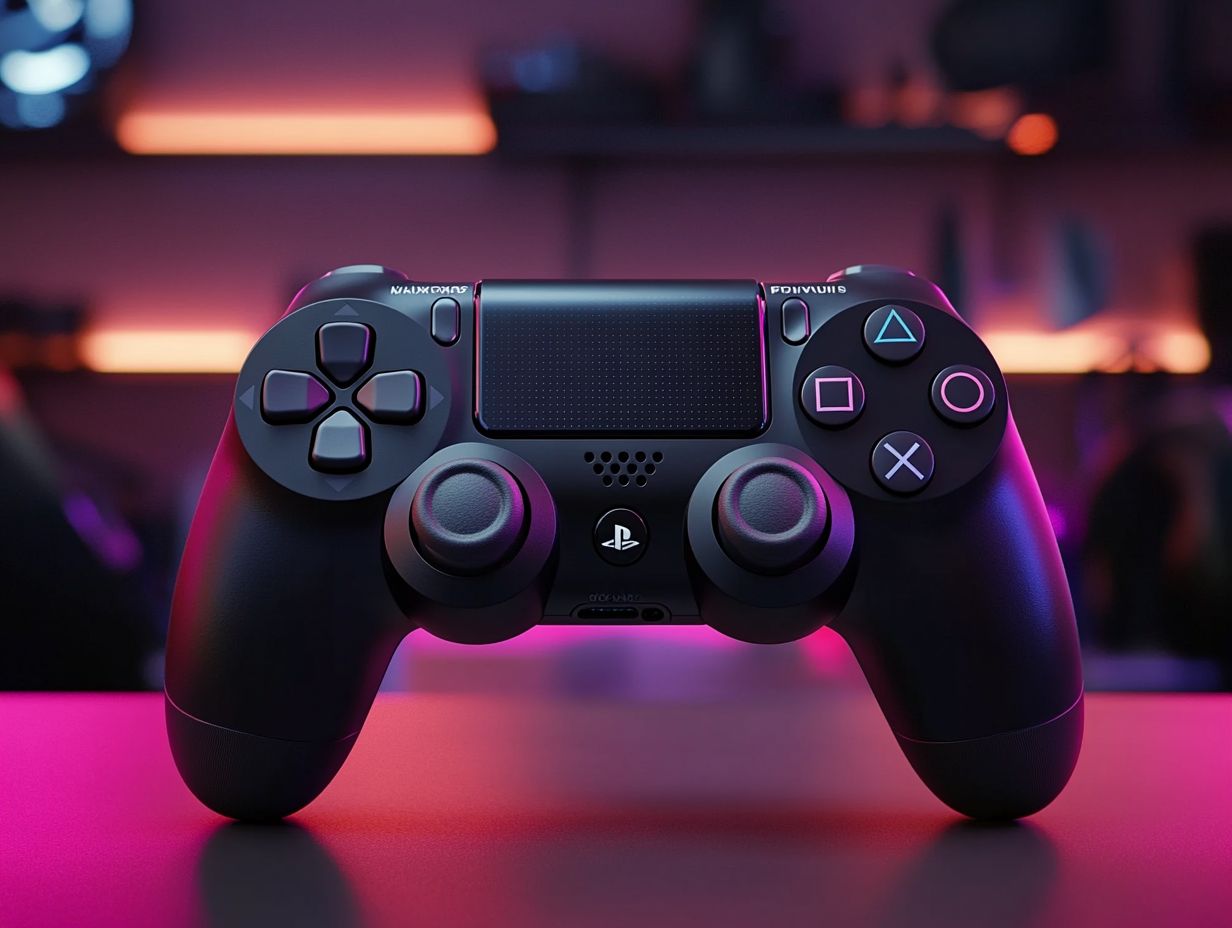
What is controller sensitivity?
Controller sensitivity refers to the level of responsiveness of your controller’s analog sticks or triggers. It determines how quickly or slowly your inputs are registered in a game.
How do I adjust my controller sensitivity settings?
The process of adjusting controller sensitivity settings varies depending on the platform and game. However, it can usually be found in the game’s settings menu, under the “controller” or “input” section.
What are the benefits of understanding controller sensitivity settings?
Understanding controller sensitivity settings can greatly improve your gameplay as it allows you to customize the level of sensitivity that works best for you. It can also help you fine-tune your aim and reaction time in certain games.
What does the ‘ ‘ symbol represent in controller sensitivity settings?
The ‘ ‘ symbol is often used to represent the sensitivity level in games. It can range from 1 to 10, with 1 being the lowest sensitivity and 10 being the highest.
Can I adjust controller sensitivity for specific games?
Yes, most games allow you to adjust controller sensitivity settings individually. This means you can have different sensitivity levels for different games, depending on your preferences and playstyle.
Are there any recommended sensitivity settings?
Controller sensitivity is a personal preference, and there is no one “correct” setting. It is recommended to start with a lower sensitivity and gradually increase it until you find a comfortable level that works for you.

